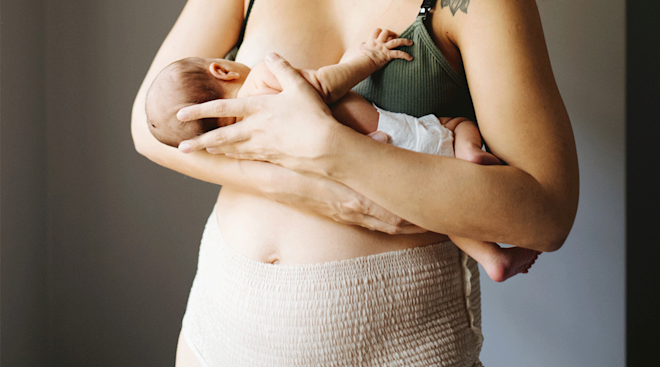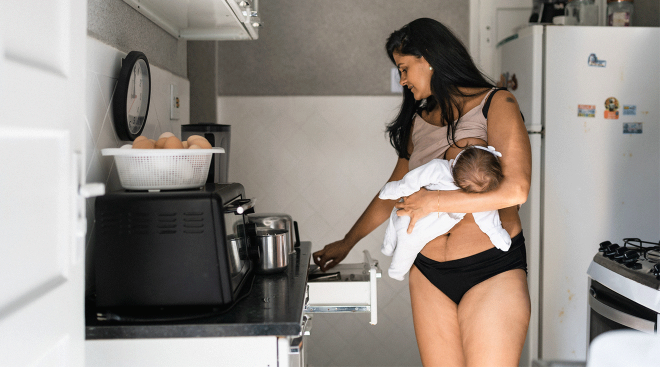30% of Maternal Deaths Happen After Six Weeks, Study Reveals
As deep cuts to federal budgets continue to threaten maternal health programs, a new study has emerged showing just what’s at stake.
Recently published in JAMA, a study using data from the Centers for Disease Control and Prevention’s (CDC) division of reproductive health looked at maternal death trends between 2018 and 2022. The research was the first of its kind to delve deeper into maternal death causes and break out pregnancy-related deaths and late-maternal deaths from the maternal deaths umbrella—generally defined as deaths that occur during pregnancy or up to a year due to any cause related to or aggravated by the pregnancy.
The findings were sobering: not only did maternal deaths increase by 28%—from 25.3 deaths per 100,000 live births in 2018 to 32.6 in 2022—but the sharpest rise came from late maternal deaths. These accounted for nearly one-third (30%) of all maternal deaths. Cardiovascular disease was the leading cause, while mental and behavioral disorders, including substance use, contributed to over 21% of late maternal deaths.
Although the World Health Organization (WHO) does not currently count late maternal deaths in its global mortality metrics, the study emphasized the importance of tracking these deaths to better understand long-term pregnancy-related health risks and identify gaps in care. For instance, Medicaid, which covers nearly half of all births in the US, historically provided coverage for just 60 days postpartum. Recent efforts to extend coverage to a full year have shown promise—but advocates warn that proposed federal cuts could jeopardize these gains.
“Late maternal death occurs in what could be a health care delivery gap between obstetric care and transition to primary care,” researchers wrote. “Measuring the rate of late maternal death is essential for a comprehensive understanding of the long-term health outcomes of pregnancy to identify opportunities to prevent avoidable pregnancy-related deaths and reduce disparities.”
The study also pointed to significant disparities based on race and geography. American Indian and Alaska Native women had the highest maternal mortality rate at 106.3 deaths per 100,000 live births, followed by non-Hispanic Black women (76.9). Non-Hispanic Asian women had the lowest rate at 21.8. Maternal deaths among women aged 25 to 39 increased by 36.8%, which researchers associated with a rise in cardiovascular complications. Geographically, Alabama reported the highest maternal mortality rate at 59.7, while California reported the lowest at 18.5.
What’s more is, as past research has shown, more than 80 percent of these deaths are preventable. Had every state achieved California’s mortality rate during the study period, researchers estimate 2,679 maternal deaths could have been avoided.
As the study makes clear, pregnancy and birth are just the beginning. Ensuring mothers survive—and thrive—in the months that follow means closing the care gap, extending coverage and treating postpartum health as the long-term, life-saving priority it is.
Please note: The Bump and the materials and information it contains are not intended to, and do not constitute, medical or other health advice or diagnosis and should not be used as such. You should always consult with a qualified physician or health professional about your specific circumstances.
Navigate forward to interact with the calendar and select a date. Press the question mark key to get the keyboard shortcuts for changing dates.





















































